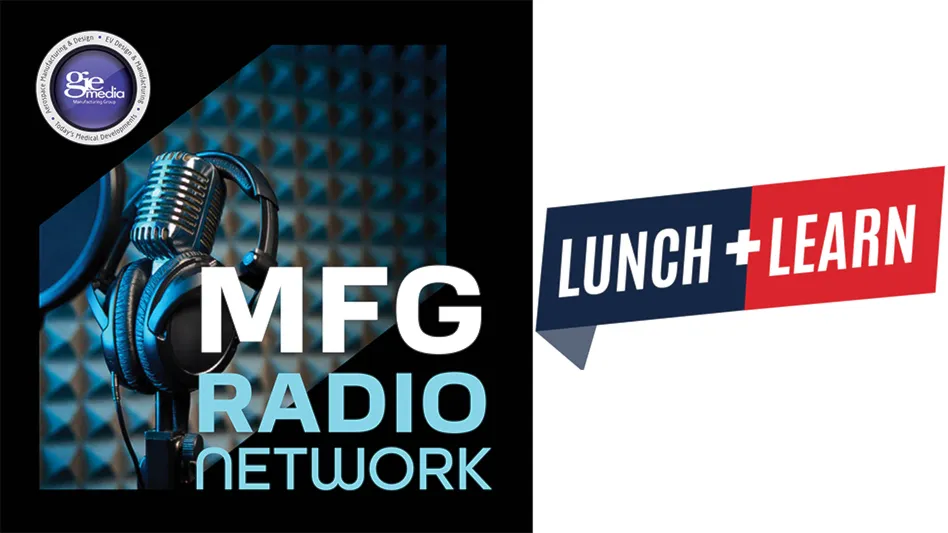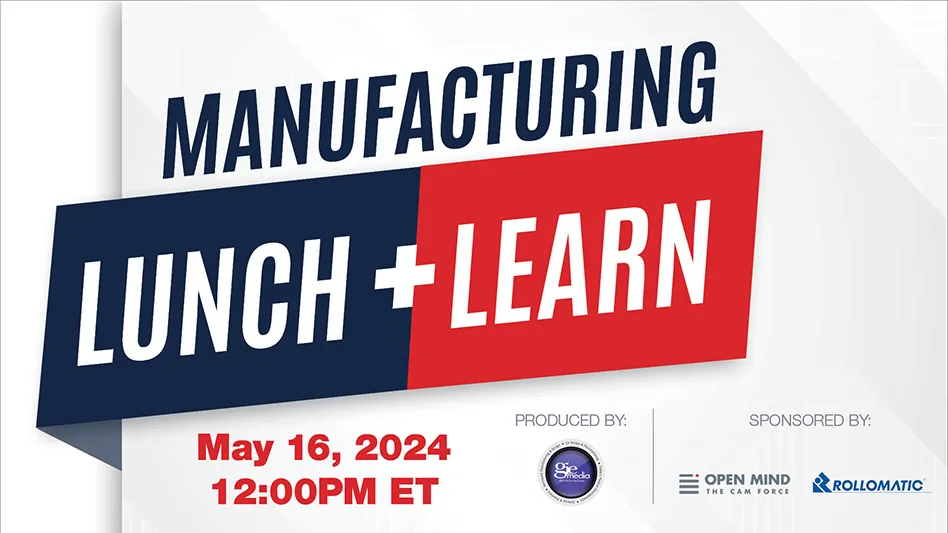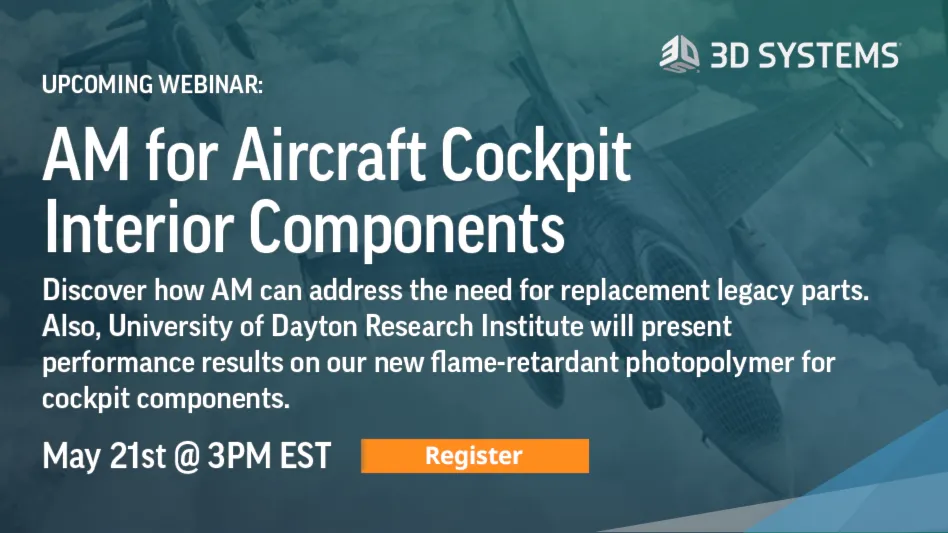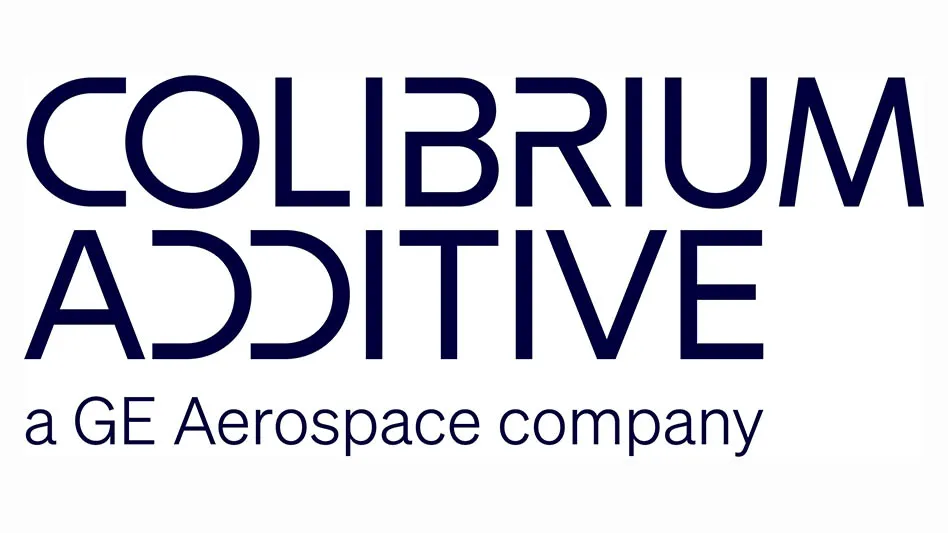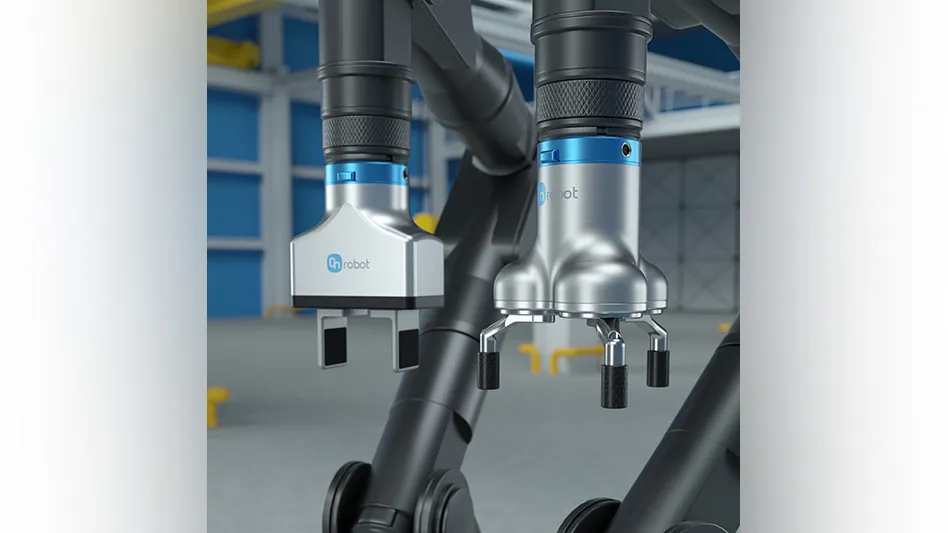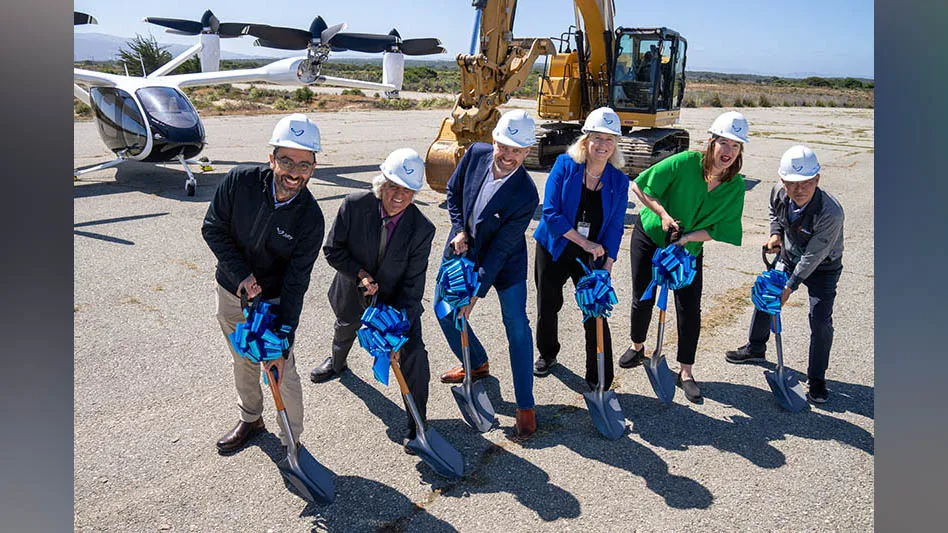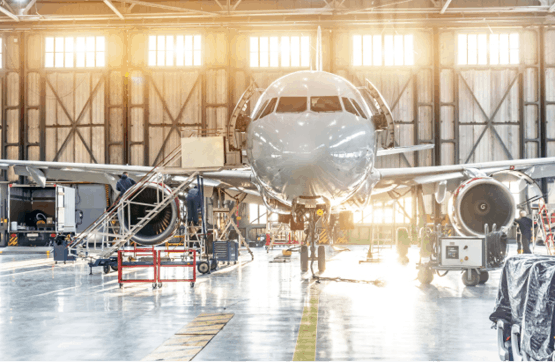
Aerospace heavy-duty metal forming requires hydraulic presses with capacities of 10,000 tons or more to bend, form, bond, or straighten aluminum, titanium, and exotic alloys into fuselages, spars, and airframes. Specialized production floor machines – stretch forming presses, hot stretch straighteners, contour rolls, superplastic forming presses, diffusion bonding presses, powdered metal compaction presses – manufacture parts to custom aerospace specifications applying process-specific pressures and temperatures.
These customized machines require precise controls and processes to reliably achieve the specified final product. So, partnering with a manufacturer with deep expertise in metal forming is essential for success.
“A custom-engineered machine and control solution is often required when precise control of position, axis synchronization, force, and heat-and-force is essential for the forging/forming process,” says Bill Goodwin, vice president of Sales and Engineering at Erie Press Systems, a company that manufactures custom-engineered hydraulic presses for metal forming, stretch forming, composite compression molding, cold extrusion, and forging. The Park Ohio subsidiary is part of Ajax-CECO-Erie Press. Drawing on Erie Press’ decades of experience in aerospace applications, Goodwin reviews some essential custom metal forming equipment.
Stretch forming has several advantages compared to pure bending and other types of metal forming. Stretch wrap forming machines stretch the metal to its elastic limit, then wrap the part around a forming die, increasing the metal’s yield strength and resulting in a stronger part. Stretch forming machines keep metal under constant tension throughout the process, minimizing canning or buckling imperfections.
Stretch forming machines also perform tasks in one step, saving time and money. For some parts, stretch forming enables production runs that would otherwise be impossible.
Sheet stretch forming machines are designed to meet all tonnage, length, and width specifications, Goodwin adds. Historically, these machines have been used in stretch forming aluminum fuselage, wing, and engine cowl panels. The process has evolved into forming exterior panels for other aerospace and commercial rocket applications. Additionally, specially adapted, high-tonnage stretch forming machines can manufacture main structural support spars for large commercial aircraft. Heavy cross-section beam material is gripped in specially designed jaws, stretched to its yield point, and bent over a die that follows the plane’s curvature.
Extrusion stretch forming was developed within the aircraft industry to bend and form complex aluminum, titanium, and stainless-steel structural components that are challenging to work with using other processes. Due to highly accurate and repeatable part production, extrusion stretch forming machines have also gained wide acceptance in structural applications in other industries.
“Aluminum tends to wrinkle if bent. However, the stretch forming process can eliminate those defects because the first step is stretching the part to yield, and then bending it so you can bend extrusions without wrinkling,” Goodwin says.
High production rate stretch forming uses aluminum stretch forming (ASF) machines, with CNC-controlled AC servo motor technology combined with high-resolution load cells and rigidly guided, low friction components to optimize speed and accuracy. ASF machines are ideal for stretch-forming extrusions with profiles up to 90° total bend angles.
ASF machines use two vertically mounted jaw carriage assemblies to apply full stretching and forming force on the part against a stationary die. Jaw assemblies automatically center and clamp the piece, program tangency tracking, engage a support mandrel into hollow extrusions, and provide an inertia suppression system to prevent machine damage if a part breaks during forming.
Hot stretch straighteners resistively heat, stretch, and straighten long extruded tubes or flat plates to avoid curvature problems that can occur during cooling of heated extrusions. Using the hot stretch straightener, operators gradually reduce pressure as the long, extruded metal component cools, maintaining a tensile load on the part to maintain straightness.
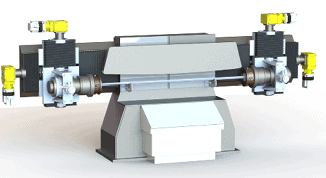
Contour roll forming machines, designed for stringers and frames, bend and twist on three planes and enable theoretically unlimited lengths. These multi-axis bending machines manufacture rounded, structural aircraft parts, such as those in a fuselage. Generally, a straight piece is run through the machine and is bent and curved to the desired shape.
Superplastic forming (SPF) machines manufactured by Erie Press Systems can come with and without diffusion bonding capabilities. SPF was developed as an advanced forming process for complicated, large parts and structures difficult to manufacture with traditional forming. Commonly used SPF materials are titanium, aluminum, stainless steel, and magnesium alloys. SPF requires temperatures between 1,400°F and 1,850°F to make titanium and stainless-steel malleable (~1,000°F to 1,100°F for aluminum).
When in a superplastic state, pressure from inert gasses (mainly argon) forms the metals, making this a useful method for producing complex shapes from difficult-to-shape materials. Created to manufacture engine blades, various applications now use SPF.
The company’s hot forming and SPF presses implement multi-zone heating for precise thermal control, uniform platen heating, and consistent part production.
Goodwin explains that diffusion bonding takes two thin sheets of material and bonds them together into one homogeneous piece via a long heat and pressure cycle. The bonded metal components being joined undergo only microscopic deformation.
Isothermal forging supports forging superalloys and other materials with a low forgeability. Mechanical properties of some metals may vary greatly across small temperature ranges, so isothermal forging may eliminate problems associated when manufacturing with these materials, particularly complex parts. This process is also called hot die forging.
A hot working process, isothermal forging attempts to maintain the workpiece at its maximum elevated temperature throughout the entire operation by heating the die to or slightly below the starting workpiece’s temperature. Forces exerted by the die form the part, eliminating workpiece cooling between the mold work interface, greatly improving the metal’s flow characteristics. Isothermal forging may or may not be performed in a vacuum.
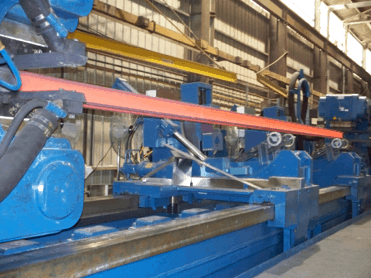
“These are typically high tonnage machines that must move at a wide speed range, including velocities down to 0.5mm per minute to generate a precise strain rate curve required to form these parts,” Goodwin explains.
Powder compaction equipment supports blending metals to achieve certain properties by taking raw materials and turning them into a hybrid powder. After hydraulic presses compact the powder to a specific force, the powder is heated and forged to create a special hybrid piece.
“With powder compaction, aerospace manufacturers spin a powdered material at thousands of rpms while heating it to specified temperatures. The process produces two different metals: a lower-cost metal at its base and a very high-cost metal at its skin. The process then compacts the two layers of powder together and uses this as a raw material to forge into a final multilayered piece,” Goodwin explains.
Ajax-CECO-Erie Press offers a variety of designs to accommodate compaction processes for powder metal, ceramics, and carbon anodes.
Metal forming’s future
With all the demands placed on aerospace manufacturers for lighter, stronger materials and greater efficiency, innovation must be a priority, even within metal forming.
Having a partner who can provide a wide range of specialized, high-tonnage machinery, along with the ability to customize, can be critical to ongoing success. Because metal forming providers such as Ajax-CECO-Erie Press continue to invest in innovation, such a partnership can also provide an edge in future applications.
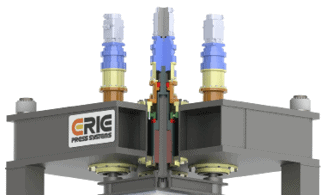
“In the next 5 to 10 years, instead of hydraulic drives, we expect electric presses driven by geared servo motors and larger roller screws to become increasingly important to aerospace manufacturers for any application that is sensitive to oil leaks or where precise control is required. So, we are developing the technology today,” Goodwin concludes.
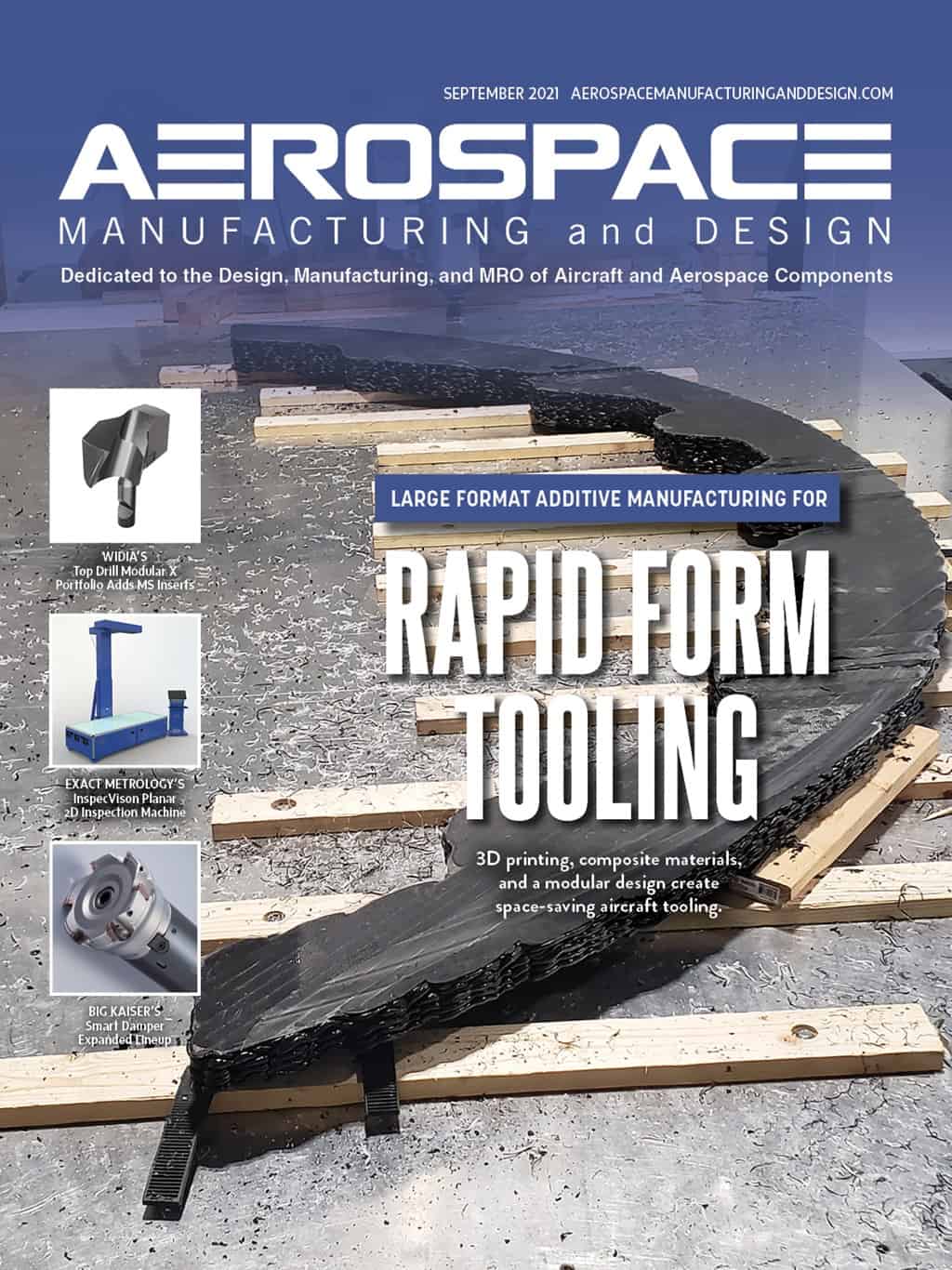
Explore the September 2021 Issue
Check out more from this issue and find you next story to read.
Latest from Aerospace Manufacturing and Design
- US operator UrbanLink orders 20 Lilium Jets
- TJ Davies’ retention knobs
- Mazak's VC-Ez 16X for aerospace machining
- India’s IndiGo orders 30 Airbus A350 widebody aircraft
- Techman Robot unveils high-payload AI cobot TM30S at Automate
- MK Tools’ 4-fluted Rambo Speed Drill series solid carbide drills
- ASL orders 30 Reliable Robotics aircraft autonomy systems
- Fastems' Manufacturing Management Software Version 8.2
